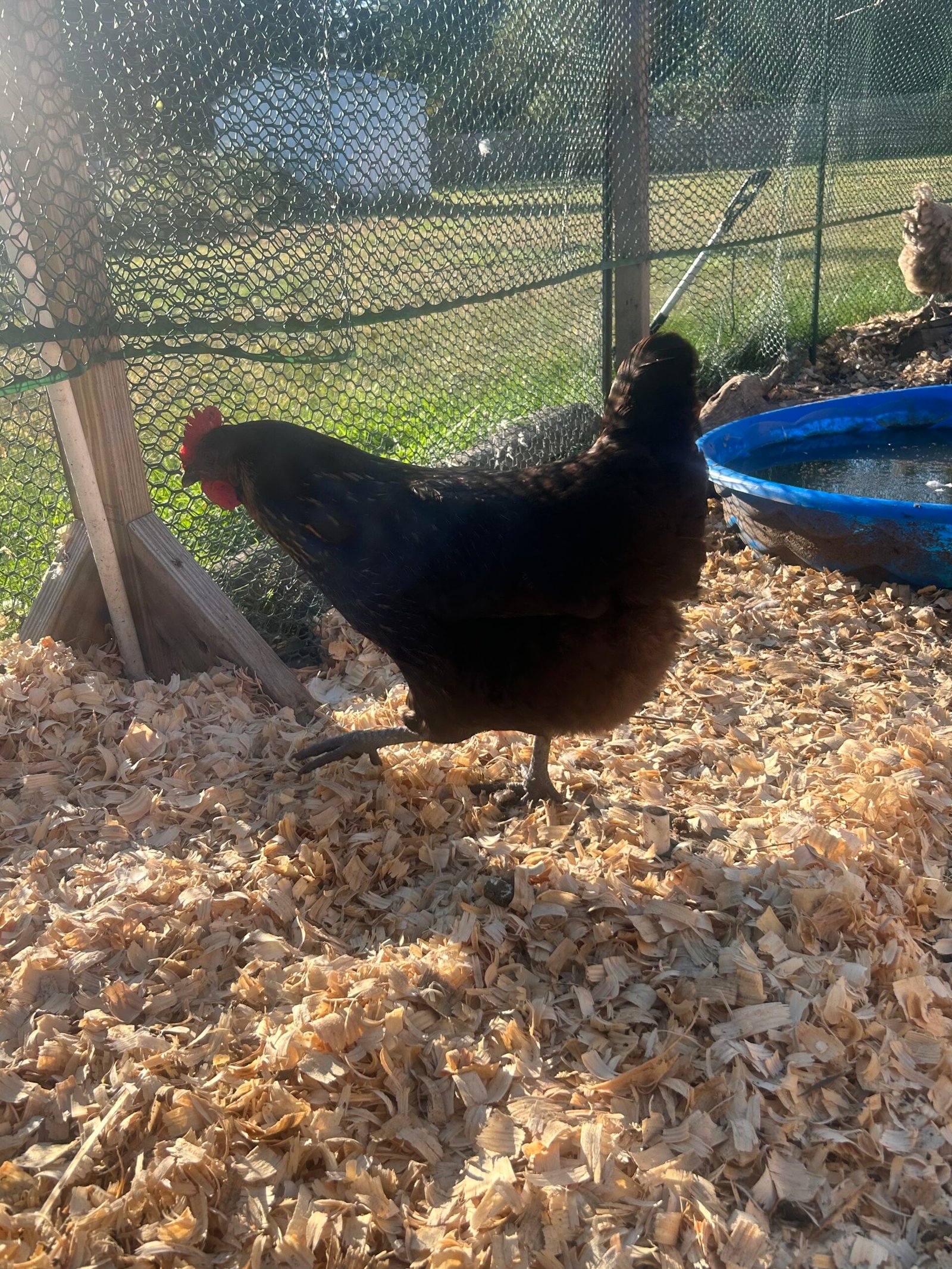Are you a backyard chicken enthusiast or considering starting your own flock? One important skill to learn is the art of egg candling. Egg candling is a process that allows you to check the fertility of eggs, monitor embryo development, and identify any issues that may arise. In this guide, we will take you through the step-by-step process of egg candling, providing you with the knowledge and skills to become an expert in this fascinating practice.
What is Egg Candling?
Egg candling is the process of shining a bright light through an egg to observe its contents. This technique is used to determine if an egg is fertile, monitor the growth and development of an embryo, and identify any potential issues such as cracks, blood spots, or early signs of spoilage.
Step-by-Step Guide to Egg Candling
Step 1: Gather the Necessary Materials
Before you begin, gather the following materials:
- A bright light source such as a flashlight or candling lamp
- A dark, quiet room
- A collection of eggs
Step 2: Choose the Right Time to Candle
It is best to candle eggs after a few days of incubation. For chicken eggs, this is typically around day 7. However, the timing may vary depending on the species of bird. Consult a reliable resource or your local poultry expert for specific guidance.
Step 3: Darken the Room
Find a dark, quiet room where you can easily see the light passing through the eggs. This will help you observe the contents more clearly.
Step 4: Position the Light Source
Hold the flashlight or candling lamp against the side of the egg, making sure to cover the entire surface. The light should be bright enough to illuminate the contents but not too intense to harm the developing embryo.
Step 5: Observe the Contents
As you shine the light through the egg, carefully observe the contents. Here’s what you should look for:
- Fertility: A fertile egg will show a network of blood vessels and a dark spot known as the embryo. This indicates that the egg has been successfully fertilized.
- Development: As the embryo develops, you may see movement or changes in the size and shape of the dark spot. This is a positive sign that the embryo is growing.
- Issues: Candling also allows you to identify any issues with the egg, such as cracks, blood spots, or signs of spoilage. Cracked or damaged eggs should be removed from the incubator to prevent contamination.
Step 6: Keep Track of Progress
It is essential to keep track of the progress of each egg. Mark the eggs that show signs of fertility and development, as these are the ones that are likely to hatch successfully. This will help you monitor the incubation process and identify any potential issues that may arise.
Step 7: Repeat the Process
Repeat the egg candling process periodically throughout the incubation period. This will allow you to track the development of the embryos and make any necessary adjustments to the incubator conditions.
Conclusion
Egg candling is a valuable skill for any backyard chicken enthusiast or aspiring poultry farmer. By learning how to check for fertility, monitor embryo development, and identify issues with eggs, you can increase your chances of successful hatching and ensure the health and well-being of your flock. Remember to be patient and observe the eggs carefully, as each step of the candling process provides valuable insights into the development of the embryos. Happy candling!





